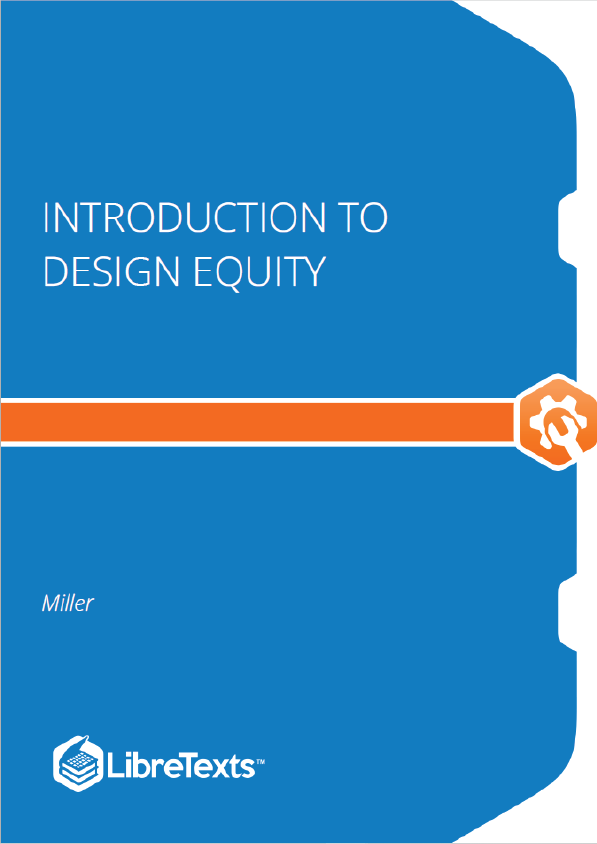Environmental Design as a Prescription for Health
Over the past 20 years, environmental designers and health researchers have argued that a way of bridging the health gap, especially for chronic disease, is to focus on the built environment. They contend that if we had better sidewalks and more bike lanes and parks, people would exercise more. If grocery stores selling healthful foods were in every neighborhood, people would have better nutrition.
But recent evaluations of such measures are leading health researchers to believe that physical changes to neighborhoods, though important, are not enough. The same patterns of institutional and personal racism that tie people to low or middle-class housing and neighborhoods also impact their freedom to take advantage of possibilities that might improve their physical and mental health. Adding sidewalks, grocery stores, and parks to low-income neighborhoods, for example, may do little to change people’s health outcomes. These studies argue that we must also consider the interrelated issues of a person’s life choices (their agency) and life chances (the underlying social and economic structures within which each person lives). Going for a walk to get some exercise, buying and preparing healthful foods, relaxing in the park with family and friends after a stressful work week, are all life choices that help us stay healthy. But whether or not we can make the “right” choices depends on the structural issues of how much time, money, and status we have: our life chances.
This is not to say that the built environment doesn’t matter to a person’s health. Rather, environment must be considered alongside agency and structure. Health can’t be environmentally determined; physical changes alone to a neighborhood won’t make the neighborhood’s residents healthier. That said, in the case of health issues related to pollution, physical changes can protect people’s health. People living in Flint, Michigan would not have lead poisoning if their water supply was safe. People would be less likely to be hit by cars if intersections prioritized pedestrian rather than vehicular movement. There are many opportunities to make broad changes and small improvements that would have a big impact on these kinds of environmental quality and safety-related issues.
Creating and maintaining safe and affordable housing and preventing displacement is a key component of any health equity approach.Other recent studies have pointed to a Catch-22 related to health equity and improvements in the built environment. Improving sidewalks, parks, and intersections, and adding bike lanes and grocery stores, can increase the value of adjacent properties. Home owners benefit from these improvements. But people who do not own their homes may face rent increases, especially as property taxes increase for their landlords. They may have to move, which destabilizes their social networks, brings on more stress, and may require a change in schools for kids and a longer commute to work. Consider what happens when a toxic waste site is cleaned up and turned into a park. This often leads to an increase in rents in the neighborhood, so that the people who had to live so long with these dangers of toxic waste don’t end up reaping the benefits of the safe, new amenities. Creating and maintaining safe and affordable housing and preventing displacement is a key component of any health equity approach.











